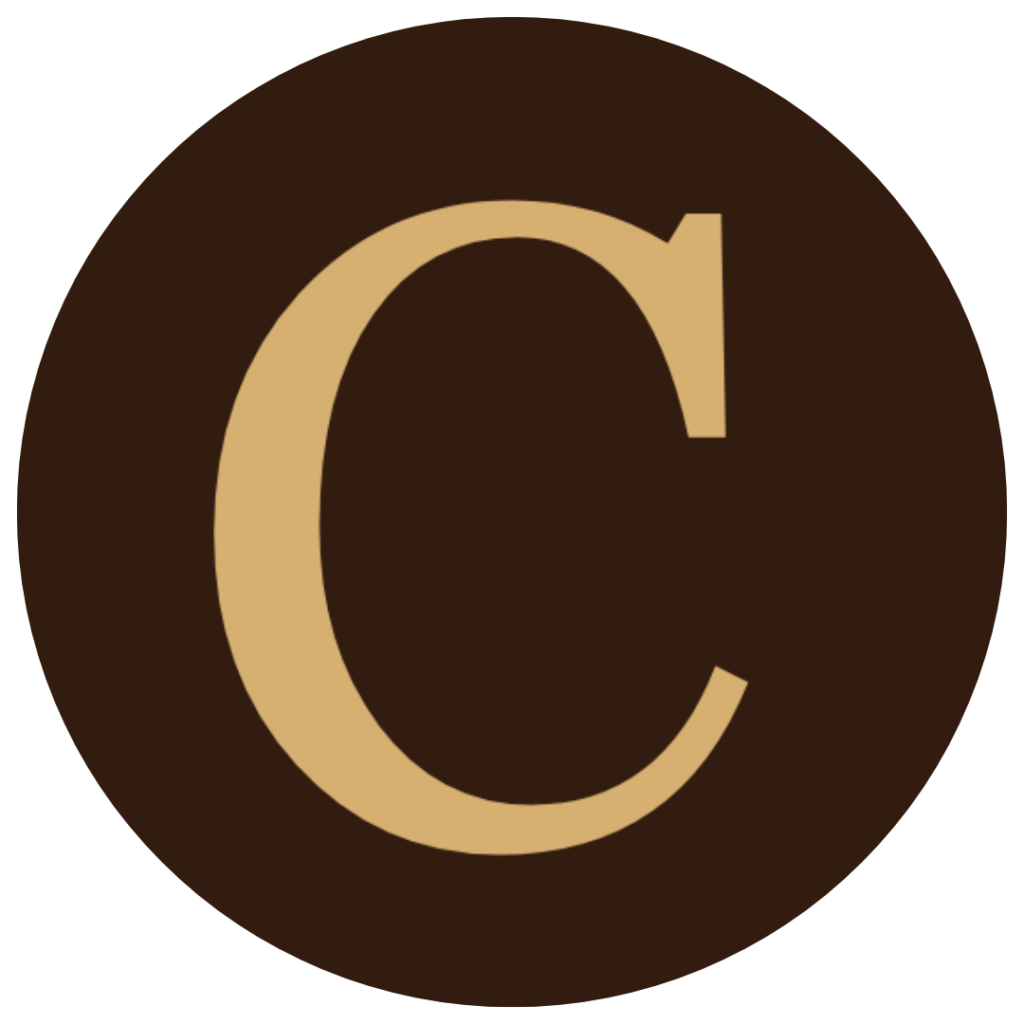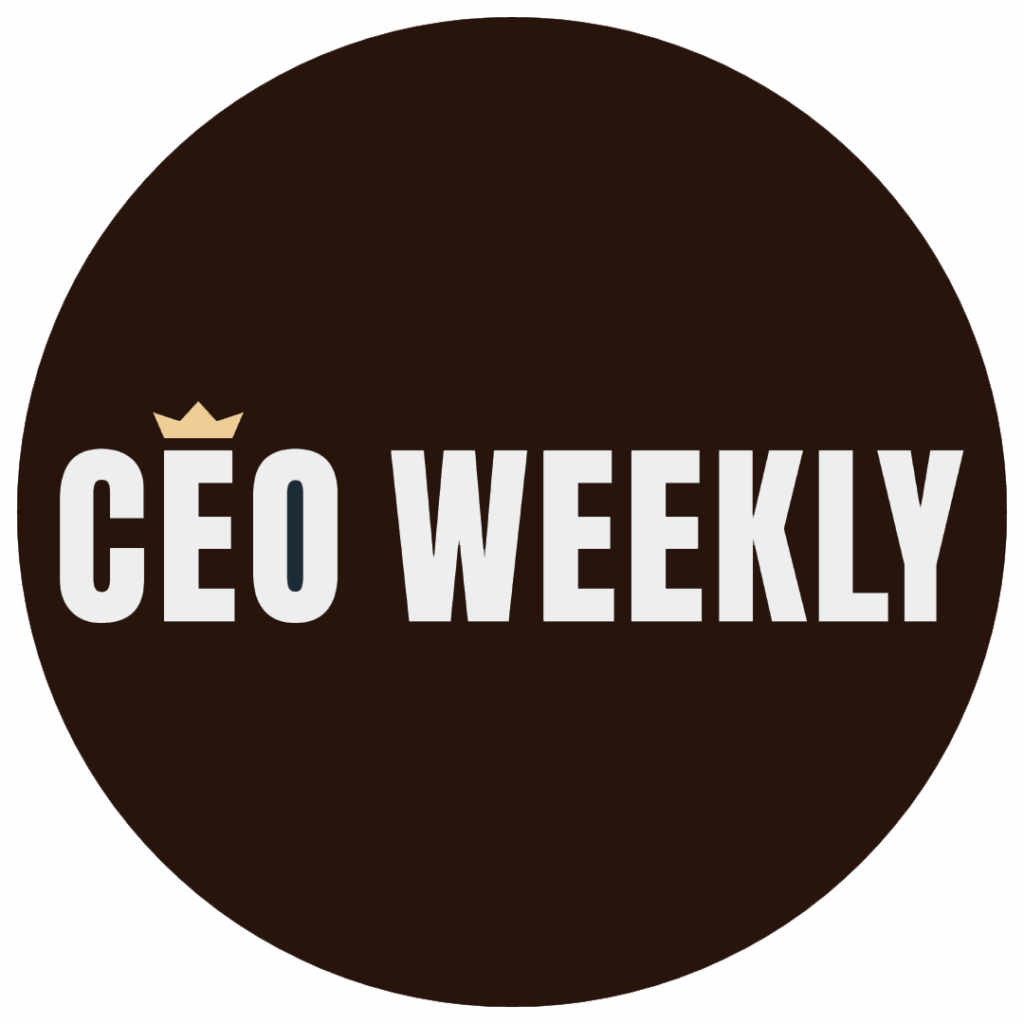By: Seraphina Quinn
In today’s competitive market, it’s the strategies employed by big brands that often pave the way for success. This rings true for industry leaders like Walmart, which, as we’ve discussed in our previous article, has consistently delivered robust financial performance, surging by nearly 17% in 2023 alone. Here, its website and app overhaul and expansion of fashion-forward clothing brands, alongside its commitment to low prices, stand out in their contribution to a steady stream of customers.
EssilorLuxottica has similarly established itself as an industry leader on the other side of the market. Just as Walmart dominates the retail sector using key approaches, EssilorLuxottica monopolizes sales in eyewear through strategic acquisitions, innovative business models, and an expansive brand portfolio, with Oakley at the forefront of groundbreaking eyewear technology.
Expansive brand portfolio
EssilorLuxottica was formed through the merger of Essilor and Luxottica in 2018, becoming a dominant force in the eyewear industry. Originating as a small eyewear workshop in Milan in 1961, Luxottica, under the vision of founder Leonardo Del Vecchio, has grown into a multinational giant with a comprehensive understanding of lens and frame craftsmanship.
Luxottica’s strategic acquisition approach has played a pivotal role in solidifying its dominance. The company owns many well-known brands and retail chains globally, including iconic names like Ray-Ban, Prada, Versace, and Oakley. The strategic acquisition of Oakley in 2007 for approximately $2 billion had especially strengthened EssilorLuxottica’s sportswear segment and expanded its customer base. This bold acquisition showcased EssilorLuxottica’s commitment to staying at the forefront of industry trends.
Innovative business model
EssilorLuxottica operates on a vertically integrated structure, controlling every aspect of its eyewear production line. This includes designing, manufacturing, wholesale distribution, and retail distribution. The integration of Oakley, a brand with a history of disrupting the eyewear industry, only pushed the limits further. Oakley sunglasses have been consistent pioneers, introducing the innovative dual-lens design of the Frogskins and sport-specific shield lenses of the M Frame in the 1980s and 90s — both of which are still being sold today. The acquisition by EssilorLuxottica in 2007 paved the way for even greater innovations.
Oakley Prizm Lenses, introduced in 2015, changed sports optics forever. These lenses are fine-tuned to increase color and contrast, enhance visual acuity, and provide a customized experience for various active environments. The release of the Prizm Gaming 2.0 Lens Technology in 2020 for Oakley gaming glasses showcases EssilorLuxottica’s commitment to staying ahead of market demands as new trends like e-sports and remote work crop up in the digital age.
Eyewear retail force
The business model of EssilorLuxottica works exceptionally well due to the brand’s ownership of several well-known retail brands like LensCrafters, Sunglass Hut, and Pearle Vision. Sunglass Hut owns over 2,000 stores across various continents, carrying the different Oakley sunglasses worldwide.
This strategic move not only enhances the company’s net profit but also ensures a streamlined retail experience for consumers. See how growth in its European retail business and continued recovery in China contributed to EssilorLuxottica’s remarkable performance in the second quarter of 2023 despite a slowdown in North America. Here, Oakley (and Ray-Ban) advanced firmly, helping Essilor Luxottica hit a revenue of $7.40 billion, up 4.9% from the same period last year.
With a diverse portfolio and a keen focus on consumer experience, EssilorLuxottica and Oakley are poised for continued success in the competitive world of eyewear. For more on businesses and CEO wins, check out our other articles on CEO Weekly.









